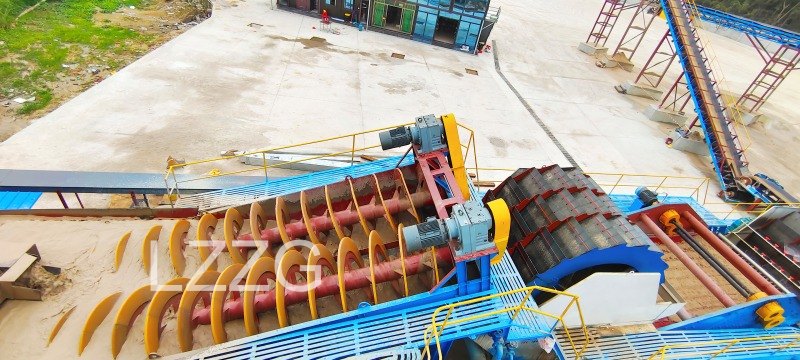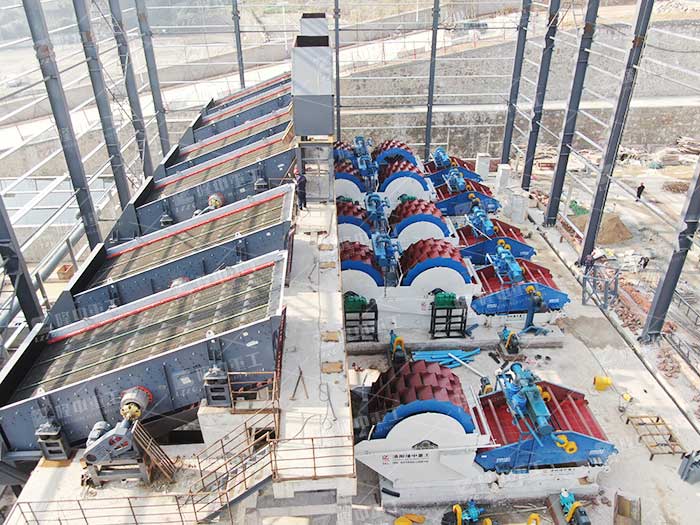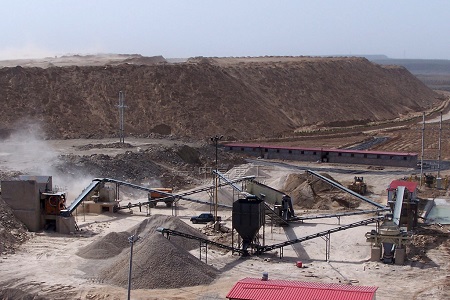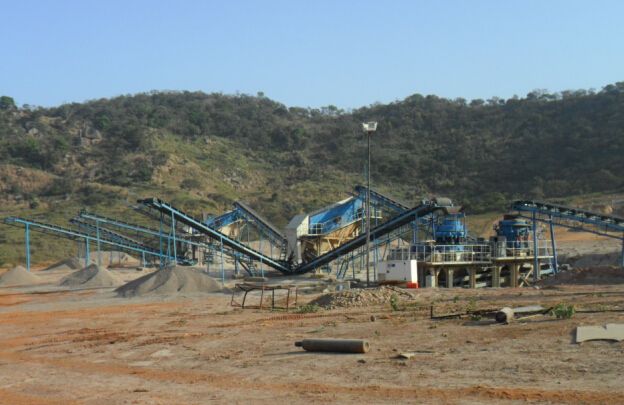What is the difference between gravel and pebbles?
 November.03,2023
November.03,2023

Gravel is made by crushing larger pebbles. At least one surface is rough, and the other surfaces can be smooth, which has poor adhesion to cement slurry.
Pebbles are stones with a smooth surface and no edges and corners formed by the erosion of rivers over the years. The engineering difference between the three is mainly the bonding force with cement.
From the perspective of geotechnical classification, pebbles refer to particles whose shapes are mainly round and sub-round, and the mass of particles with a particle size greater than 20mm accounts for 50% of the total mass. Gravel refers to particles whose shapes are round, sub-round or Particles with an angular shape and a particle size greater than 2 mm account for 50% of the total mass. They are all naturally formed.
Those with a hard and smooth texture are pebbles; those with a loose texture, rough surface and brittle surface are gravel.
Gravel refers to natural granular materials with a particle size of 2 to 60 mm that are formed by long-term transportation of weathered rocks by water flow. It is a name in sediment classification. Refers to rock or mineral debris with an average particle size greater than 1 mm. According to the average particle size, gravel can be subdivided into three types: large gravel, coarse gravel and fine gravel: those with an average particle size of 1-10 mm are called fine gravel; those with an average particle size of 10-100 mm are called coarse gravel; those with an average particle size of 1-10 mm are called coarse gravel; those with an average particle size of 1-10 mm are called coarse gravel; those with an average particle size of 1-10 mm are called coarse gravel; those with an average particle size of 1-10 mm are called coarse gravel , called boulders. After the gravel is cemented into rock, it is called conglomerate or breccia.
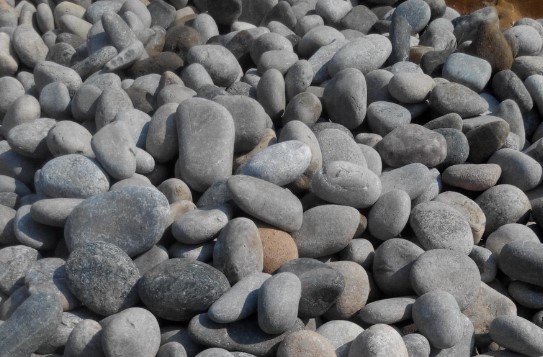
Pebbles are rock particles with a particle size greater than 4.75mm formed by natural weathering, water transport, sorting, and accumulation.
In general, pebbles and gravel have different particle size ranges.


